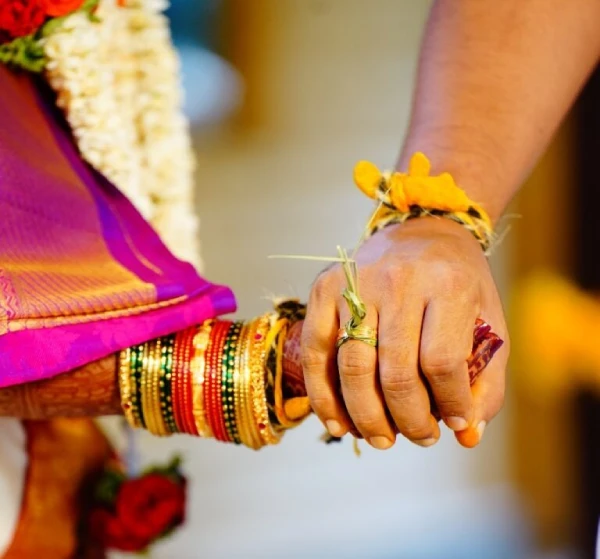Hindu weddings are ornate, multi-day rituals that are brimming with colorful customs. As a wedding photographer, you have to have technical proficiency, cultural awareness, and meticulous planning to capture the soul of these events. The following advice can help you successfully navigate Hindu wedding photography:
1. Research and Preparation
Respect the Customs:
Become familiar with the main rituals and their meaning. Being aware of the chronological order aids in predicting significant times.
Engage in conversation with the couple’s family to learn about any particular traditions or requirements.
Examine the location:
Examine the lighting, possible shooting angles, and layout of the wedding and reception locations in advance.
Decide on locations for group and couple portraits.

2. Backup Equipment:
Essential Gear
Make use of professional-caliber lenses and cameras. In low light, fast lenses (f/2.8 or faster) work best.
Always have several lenses with you, such as a telephoto lens for candid situations and a wide-angle lens for group photos.
Equipment for backup:
Keep extra memory cards, batteries, lenses, and cameras on hand at all times. Backups guarantee you don’t miss any important occasions because equipment malfunctions occasionally.
Lighting apparatus:
Bring reflectors, diffusers, and external flashes to control different lighting situations, particularly for interior ceremonies and nighttime events.

3. Seizing Important Pre-Wedding Occasions:
Mehndi: Pay attention to the elaborate henna drawings, the bride and her companions in their natural moments, and the joyous mood.
Sangeet: Record dance routines, moments amongst families, and the spirit of the occasion.
Haldi: Take notes on the use of turmeric, amusing exchanges, and vibrant décor.
Day of the Wedding:
Baraat: Take pictures of the groom’s procession, the Milni ceremony’s joyous atmosphere, and the exchanges between family.
Photograph the bride getting dressed, paying attention to her hair, makeup, and traditional clothing. Emphasize small elements, such as henna and jewelry.
Ceremony: Pay attention to important rites like Mangalsutra, Pheras, Sindoor, and Kanyadaan. Record the couple’s and their families’ feelings.

Events Following the Wedding:
Vidai: Record the bride’s emotional farewell by taking pictures of family members’ reactions and unguarded moments.
Griha Pravesh: Take pictures of the bride and her family as they greet each other and enter her new house.
Acceptance:
Record the arrival, first dance, speeches, and unguarded moments between the guests and the couple. Take note of the atmosphere and design.
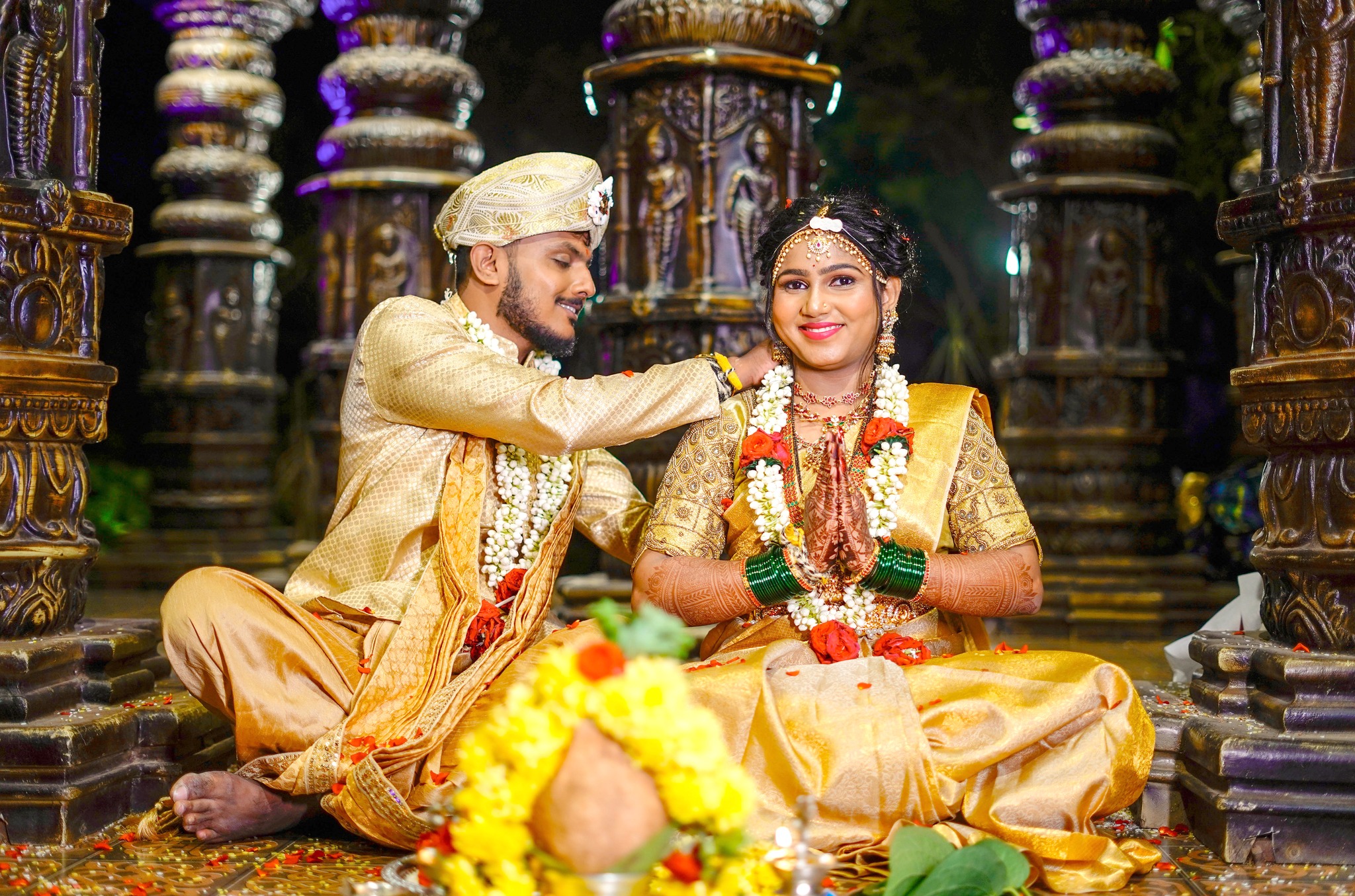
4. Honest and Feeling Photographs Feelings and Responses:
Make sure to record the couple, their relatives, and the guests’ sincere feelings and reactions. Seek out instances of joy, tears, and laughter.
Oftentimes, candid photos enhance the wedding album with depth and convey the most captivating stories.
Relationships:
Take pictures of the couple, their friends, and relatives interacting. These instances frequently highlight the ties and relationships within the families.
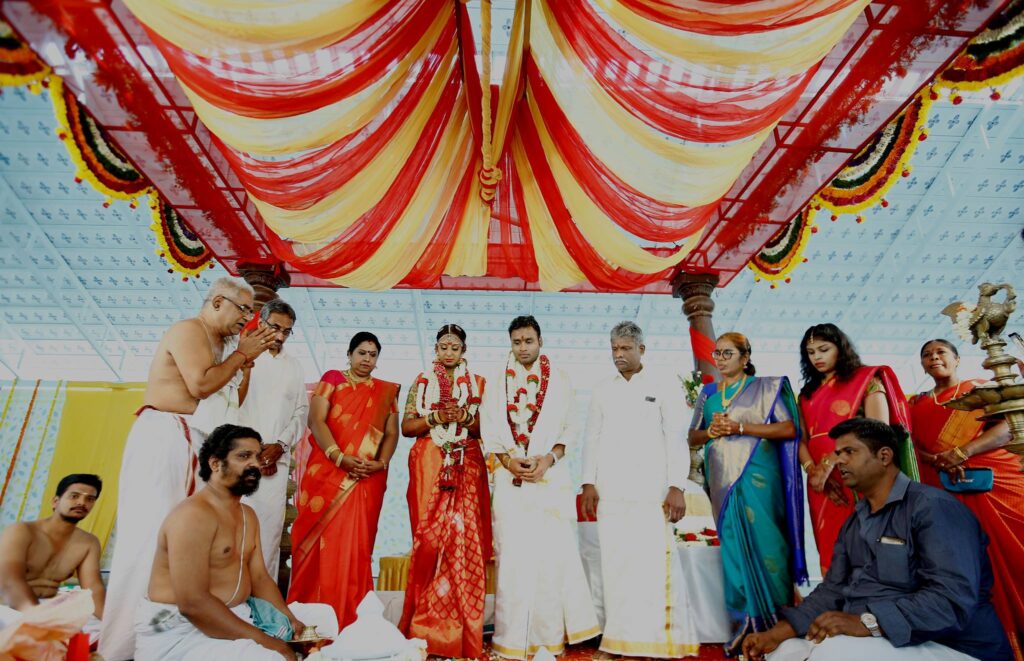
5. Close-ups of Clothing and Jewelry:
Photograph the wedding and groom’s accessories, jewelry, and attire up close. Emphasize the dexterous patterns and artistry.
Take pictures of the bride’s lehenga or saree, the groom’s sherwani, and other traditional ceremonial wear.
Decoration and Assembly:
Take pictures of the lighting, flowers, mandap, and other decorative accents used at the wedding.
Take pictures of the venue’s atmosphere and environment to give the event perspective.

6. Formal Portraits and Group Photos:
Plan group portraits featuring the wedding party, relatives, and friends. Make sure everyone is presentable and participates.
Arrange for official pictures of the couple in a variety of situations, both as a pair and as individuals.
Honest Portraits:
Take unposed pictures of attendees having a good time at the event. These photos give the wedding album a more intimate feel.
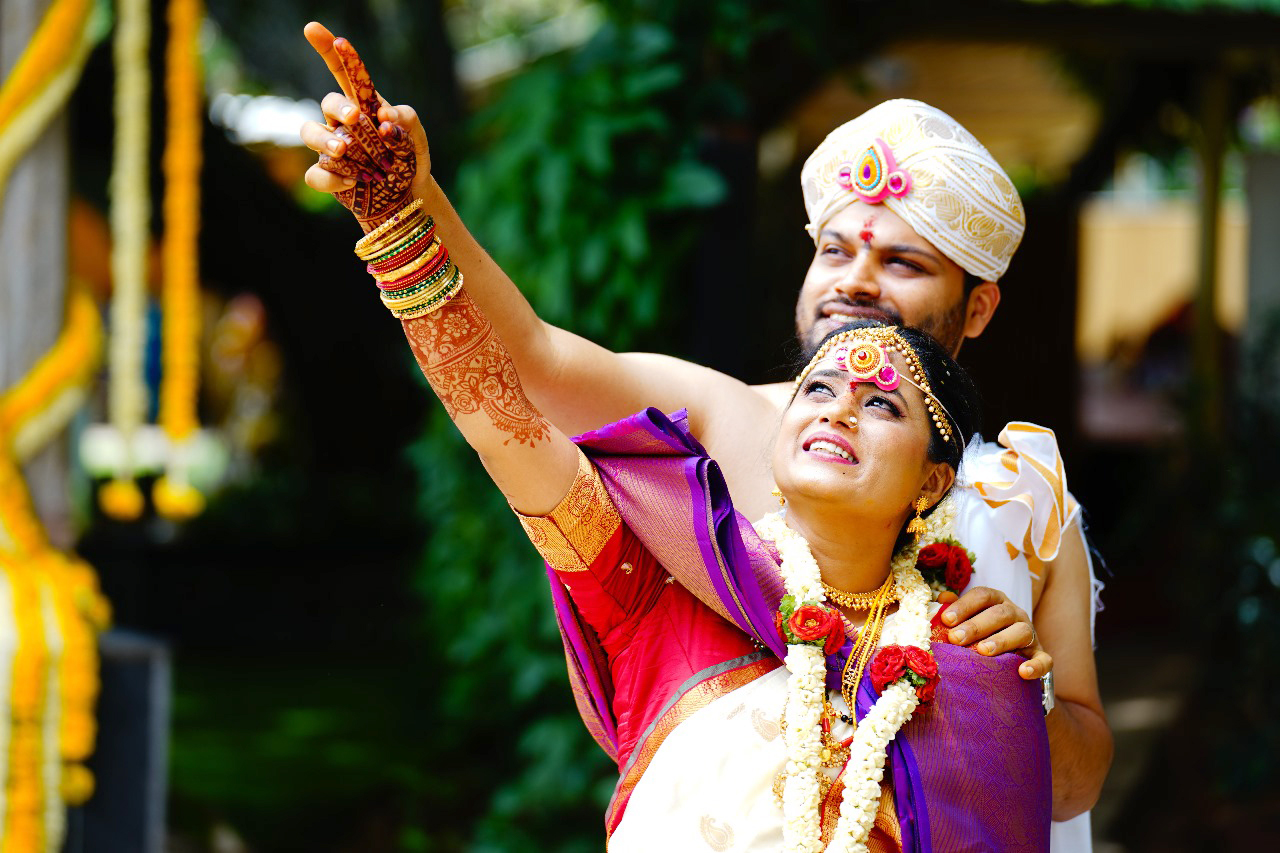
7. Technical Considerations
Lighting:
When possible, use natural light, especially for outdoor ceremonies and portraiture.
Use diffusers and external flashes to manage difficult lighting conditions for indoor events. Remember not to use illumination in a way that is overly invasive.
Make-up:
Consider composition and framing. To take aesthetically pleasing pictures, make use of leading lines, symmetry, and the rule of thirds.
Take a combination of close-ups and wide-angle pictures to capture special moments and atmospheres.
Following Processing:
Colors, contrast, and sharpness can all be improved in images while preserving their original appearance. Be careful not to over-process.
Ensure that the color grading and style of all the images in the wedding album are applied consistently to create a unified effect.
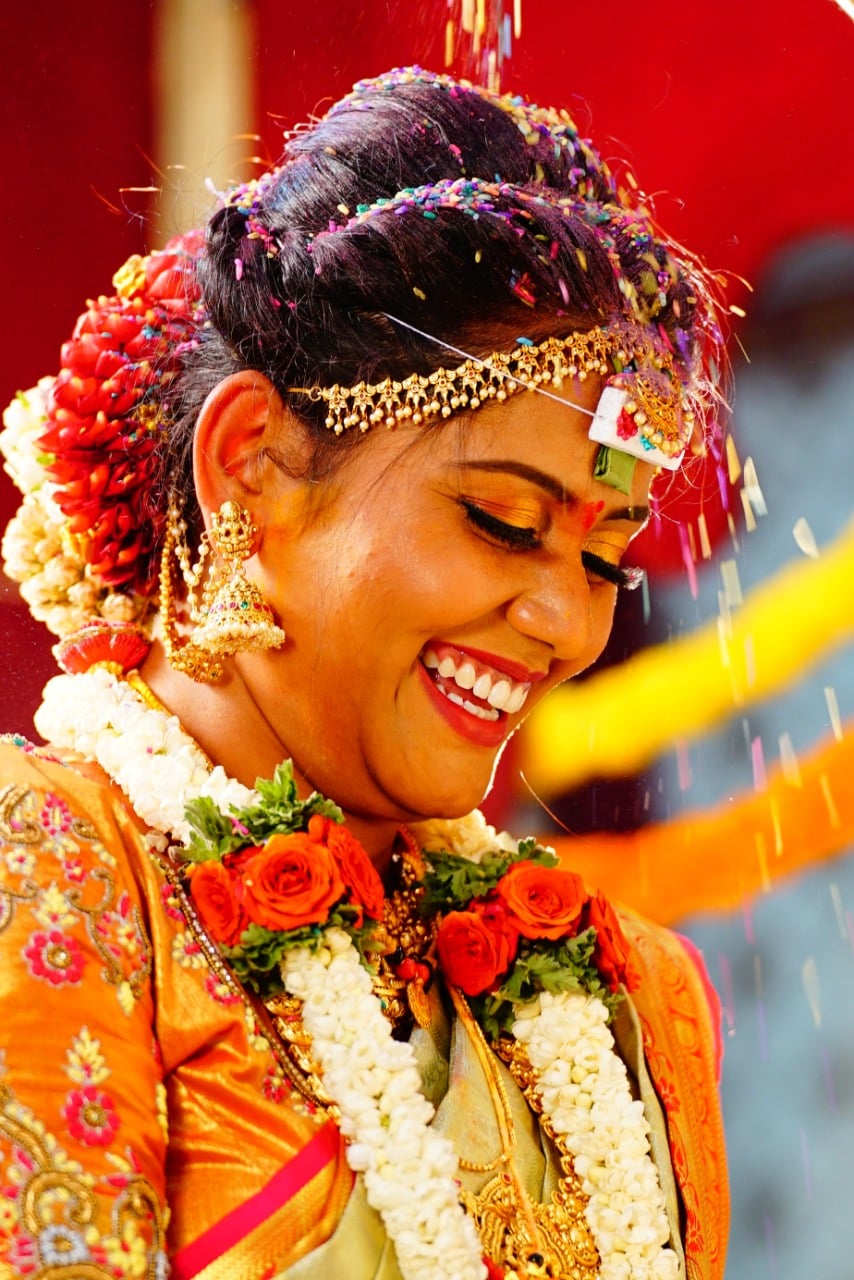
Summary
Taking pictures of a Hindu wedding entails documenting a wide range of customs, feelings, and festivities over a few days. You can build an extensive and stunning visual tale of the wedding by knowing the importance of each event, planning ahead of time, and concentrating on important moments and details. In addition to capturing the moment, your photos will help to maintain the couple’s emotional bond and cultural legacy on this important day.

